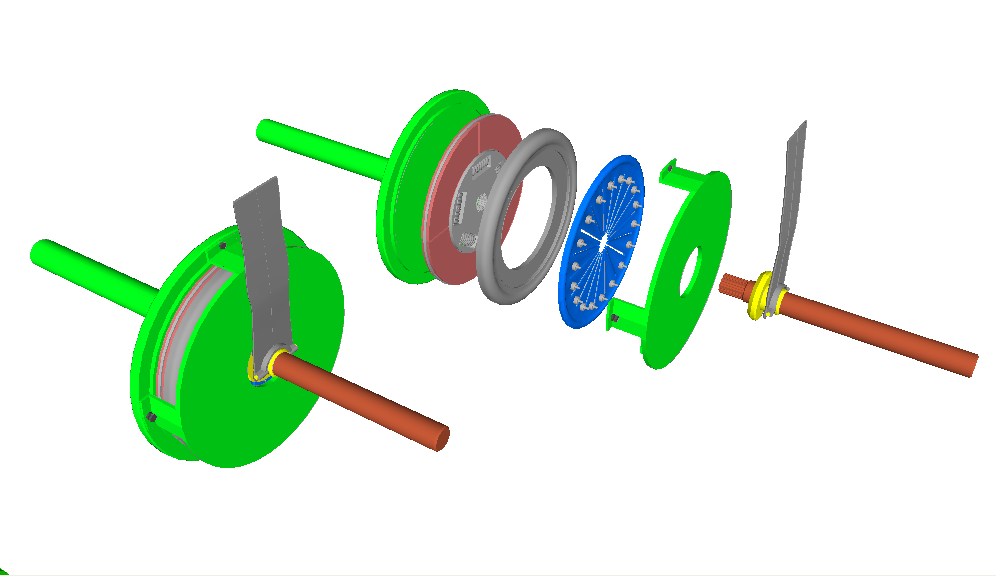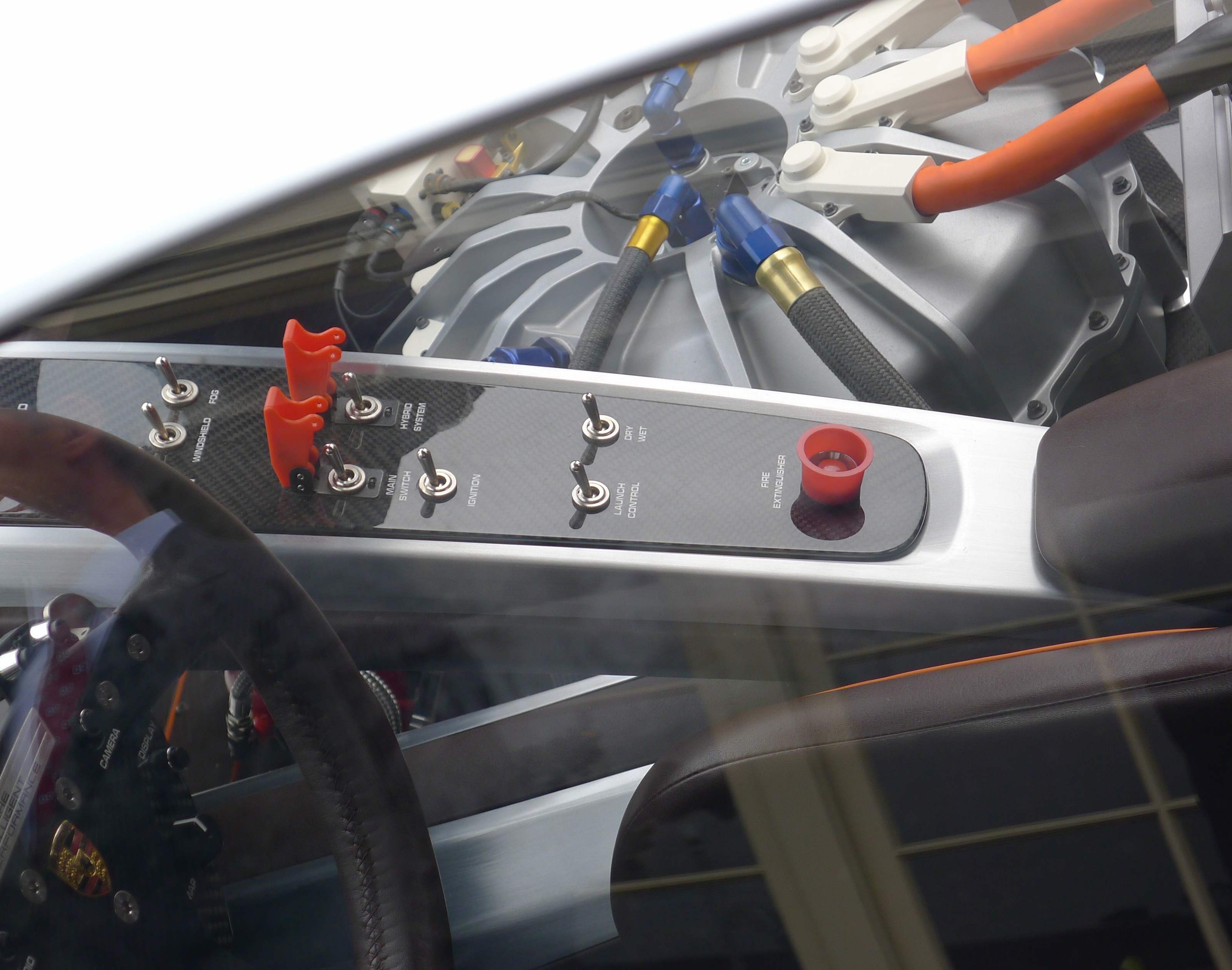|
Powershifting
Powershifting, also known as full-throttle shifting or flat-shifting (not to be confused with ''evertons power shift''), is a method of shifting used with manual transmissions to reduce the time where the driving wheels are not powered. Unlike a normal gearchange, in a powershift the driver does not let off the accelerator (unlike ''speed-shifting'', where the throttle is let off very quickly, simultaneously depressing the clutch and shifting into the next gear, rapidly). The clutch is briefly depressed while the shift lever is rapidly shifted into a higher gear, keeping the engine in its power band. Keeping the engine in its powerband allows it to put down power quicker when the clutch is "dropped" and power returns to the transmission. In most cases, there is a method of cutting the ignition or fuel delivery, in a manner similar to a rev-limiter, which prevents the engine from over-revving when the load from the transmission is removed. Many aftermarket [...More Info...] [...Related Items...] OR: [Wikipedia] [Google] [Baidu] |
Shift Kit
A shift kit is a set of components for automobiles designed to improve how well the car shifts between gears. Kits are made for both automatic and manual transmissions. Goals Shifts may be optimized for different goals. Some drivers want slow, smooth shifts for comfort, while others want quick shifts for performance or towing. Towing considerations During a shift, power is lost in the clutch (for automatic transmissions the clutches are usually internal) due to clutch slip and the difference between the current and final output shaft speeds. This makes a quick shift more desirable when towing, to reduce clutch wear and heat developed in the transmission. Balancing this, too quick a shift increases peak mechanical loads on the transmission, engine and drive train; an instant shift would cause impact loads and lead to early mechanical failure, as well as an unpleasant driving experience. Manual transmission kit For manual transmission equipped cars, it is a component that rep ... [...More Info...] [...Related Items...] OR: [Wikipedia] [Google] [Baidu] |
Shift Time
Shift time refers to the time interval between gear changes in a transmission. This interval is the time in which power delivery is transferred to the next selected gear, and engine speed is reduced or increased to synchronize the speed of the next gear. Shift time is usually in reference to motor vehicles, but can apply to any gearbox. Reducing shift time is important in performance and racing vehicles because upshifting generally interrupts power delivery to the wheels. Shift time in a manual gearbox is dependent on the driver, but in automatic or automated manual cars, the electronic or hydraulic control system must be calibrated and tuned to execute fast gear changes. Generally, a dual-clutch transmission shifts faster than a standard hydraulic automatic transmission with a torque converter or a single-clutch automated manual transmission. This is possible because the DCT can pre-select the next gear and switch between its two separate clutches to the next pre-determined g ... [...More Info...] [...Related Items...] OR: [Wikipedia] [Google] [Baidu] |
Manual Transmission
A manual transmission (MT), also known as manual gearbox, standard transmission (in Canada, the United Kingdom, and the United States), or stick shift (in the United States), is a multi-speed motor vehicle transmission (mechanics), transmission system, where gear changes require the driver to manually select the gears by operating a gear stick and clutch (which is usually a foot pedal for cars or a hand lever for motorcycles). Early automobiles used ''sliding-mesh'' manual transmissions with up to three forward gear ratios. Since the 1950s, ''constant-mesh'' manual transmissions have become increasingly commonplace and the number of forward ratios has increased to 5-speed and 6-speed manual transmissions for current vehicles. The alternative to a manual transmission is an automatic transmission; common types of automatic transmissions are the Automatic transmission#Hydraulic automatic transmissions, hydraulic automatic transmission (AT), and the continuously variable transmissio ... [...More Info...] [...Related Items...] OR: [Wikipedia] [Google] [Baidu] |
Clutch
A clutch is a mechanical device that engages and disengages power transmission, especially from a drive shaft to a driven shaft. In the simplest application, clutches connect and disconnect two rotating shafts (drive shafts or line shafts). In these devices, one shaft is typically attached to an engine or other power unit (the driving member), while the other shaft (the driven member) provides output power for work. Typically the motions involved are rotary, but linear clutches also exist. In a motor vehicle, the clutch acts as a mechanical linkage between the engine and transmission, and briefly disconnects, or separates the engine from the transmission system. This disconnects the drive wheels whenever the clutch pedal is depressed, allowing the driver to smoothly change gears. In a torque-controlled drill, for instance, one shaft is driven by a motor, and the other drives a drill chuck. The clutch connects the two shafts so they may be locked together and spin at the ... [...More Info...] [...Related Items...] OR: [Wikipedia] [Google] [Baidu] |
Power Band
The power band of an internal combustion engine or electric motor is the range of operating speeds under which the engine or motor is able to output the most power, that is, the maximum energy per unit of time. This usually means that maximum acceleration can be achieved inside this band (often at the cost of lower efficiency). While engines and motors have a large range of operating speeds, the power band is usually a much smaller range of engine speed, only half or less of the total engine speed range (electric motors are an exception—see the section on electric motors below). Specifically, power band is the range of RPM around peak power output. The power band of an internal combustion gasoline automobile engine typically starts at midrange engine speeds (around 4,000 RPM) where maximum torque is produced, and ends below the redline after reaching maximum power (above 5,000 RPM but less than 7,000 RPM). Diesel engines in cars and small trucks may develop maximum torque b ... [...More Info...] [...Related Items...] OR: [Wikipedia] [Google] [Baidu] |
Launch Control (automotive)
Launch control is an electronic aid to assist drivers of both racing and street cars to accelerate from a standing start. Motorcycles have been variously fitted with mechanical and electronic devices for both street and race. Popular automobiles with launch control include the BMW M series, certain marques of the Volkswagen Group with Direct-Shift Gearbox (most notably the Bugatti Veyron), Porsche 911 (sport+ mode), Panamera Turbo, Alfa Romeo with TCT gearbox and certain General Motors products. Mitsubishi also incorporated launch control into their Twin Clutch SST gearbox, on its "S-Sport" mode, but the mode is only available in the Evolution X MR and MR Touring (USDM). The Jaguar F-Type includes launch control. The Nissan GT-R has electronics to control launch but the company does not use the term "launch control" since some owners have equated the term with turning off the stability control to launch the car, which may void the warranty of the drivetrain. One version of Nissa ... [...More Info...] [...Related Items...] OR: [Wikipedia] [Google] [Baidu] |


